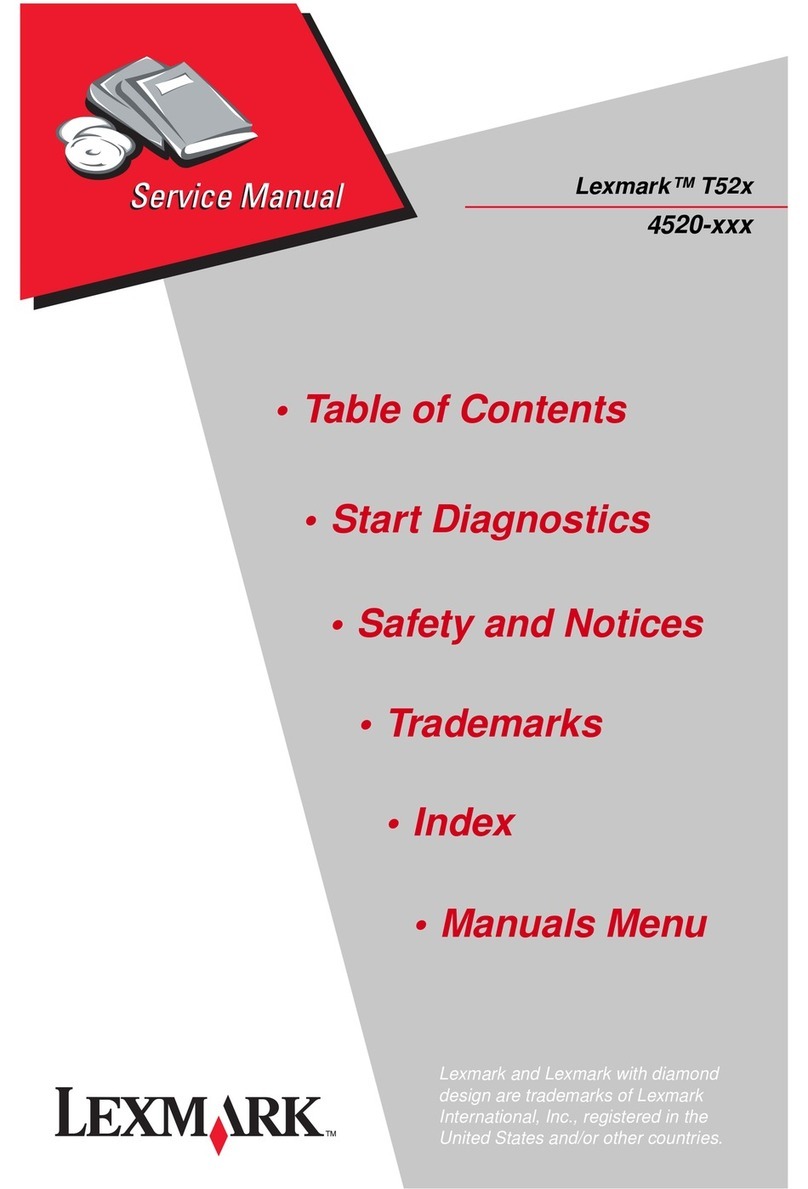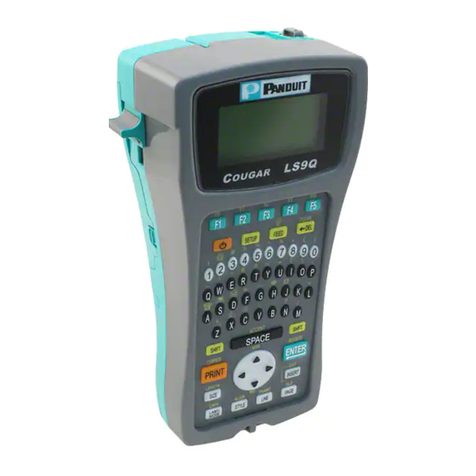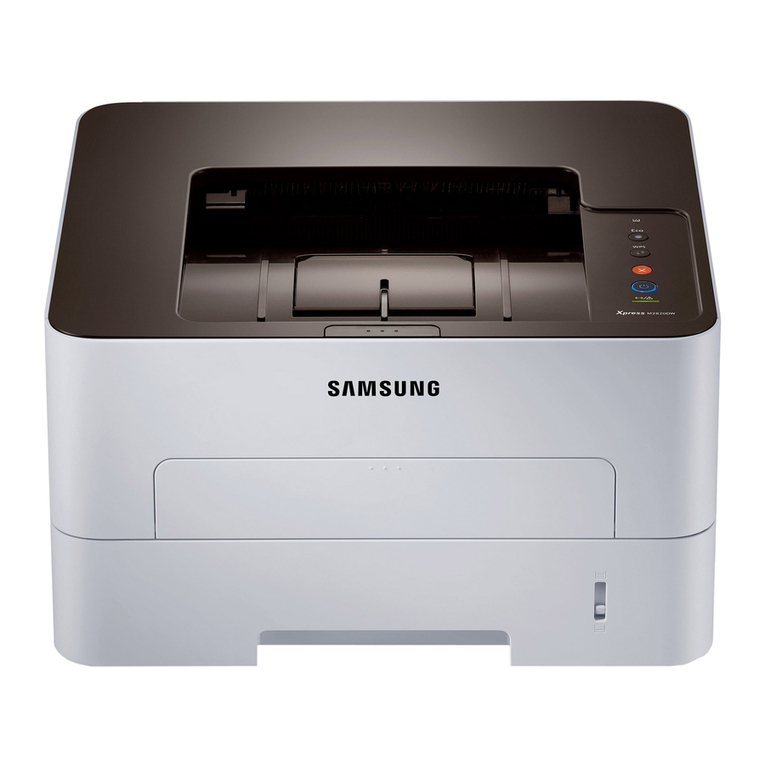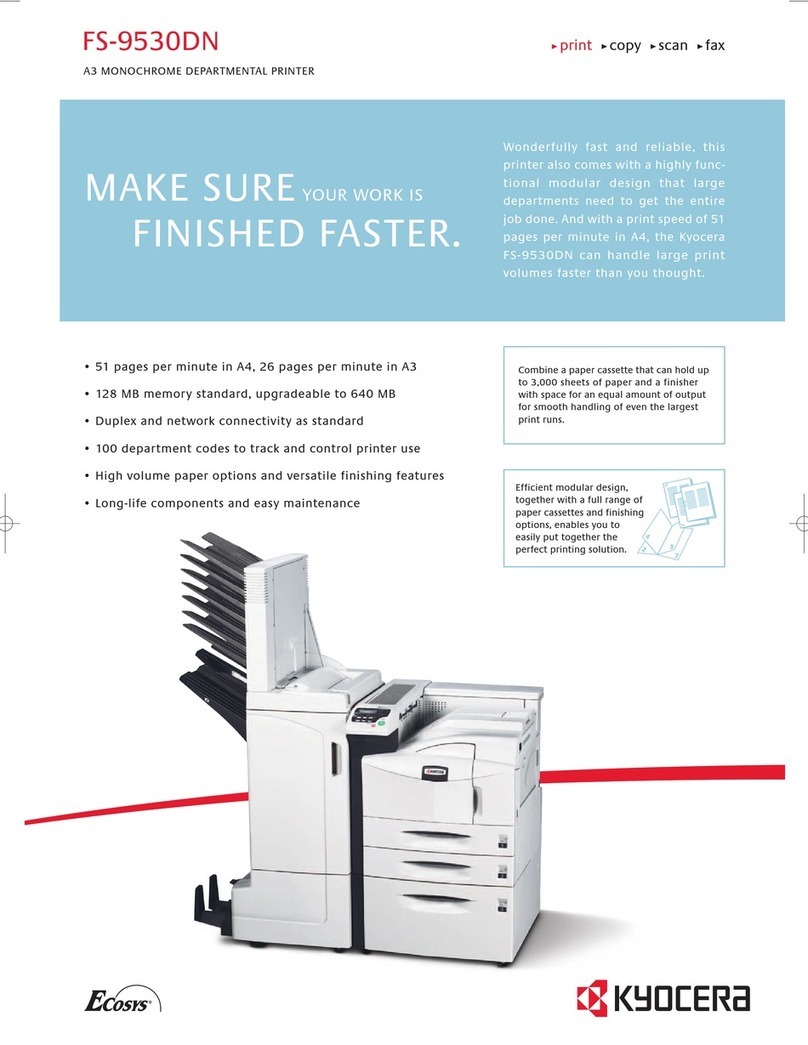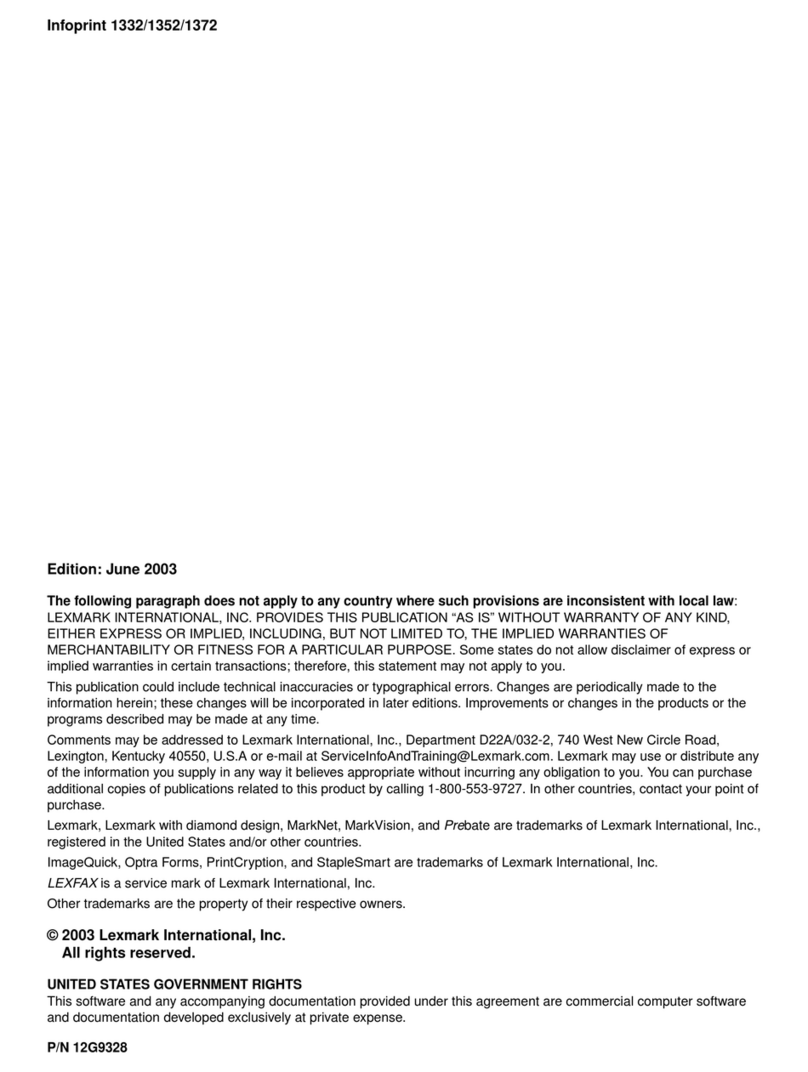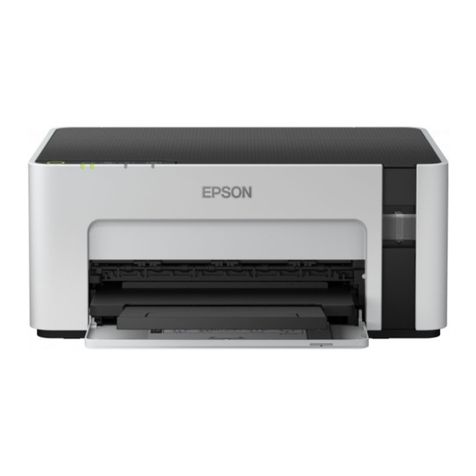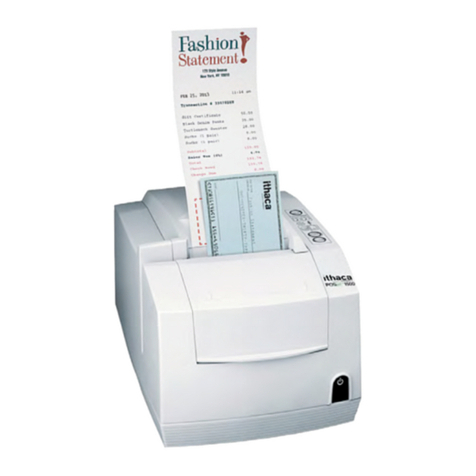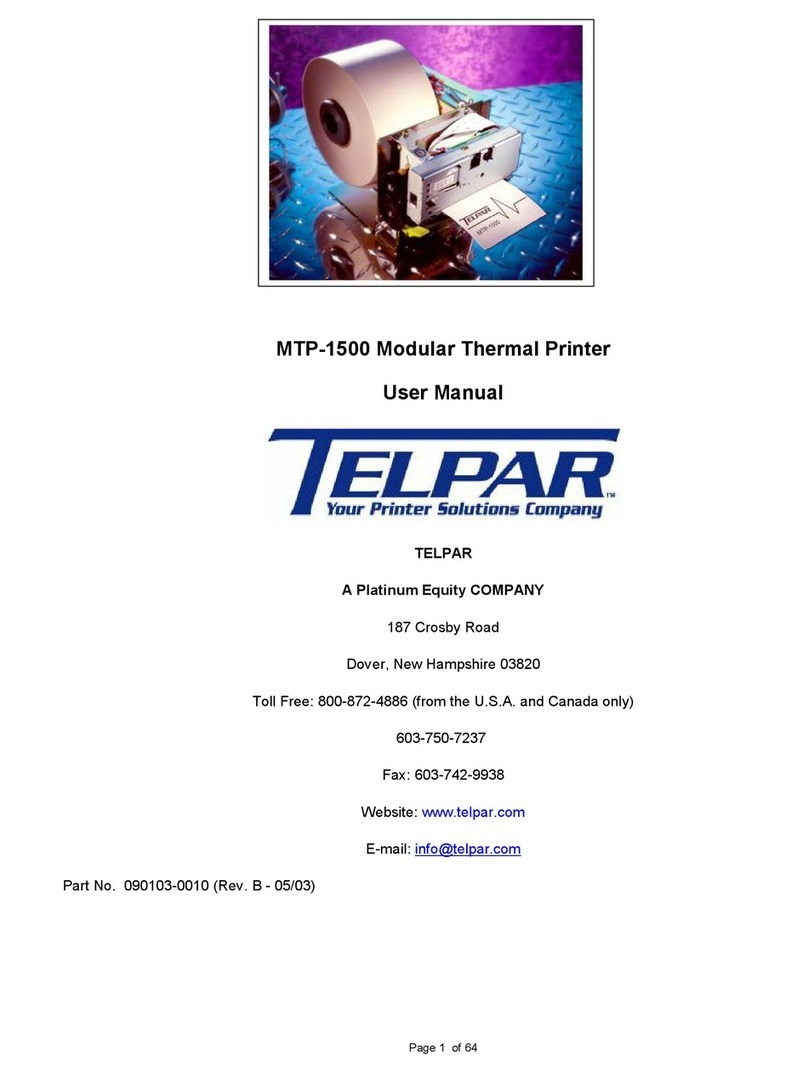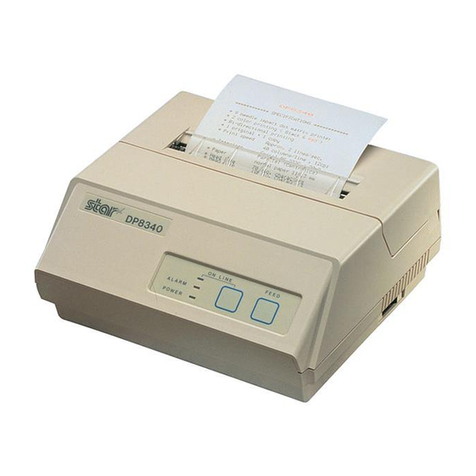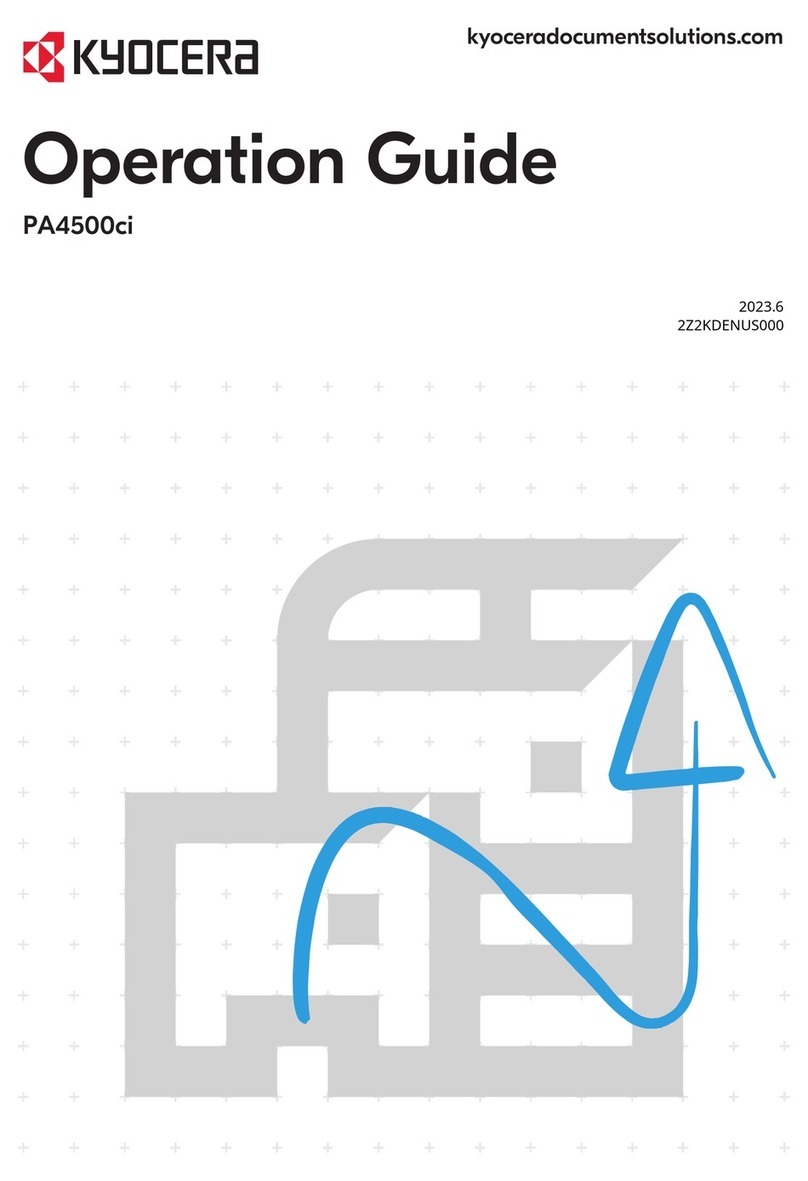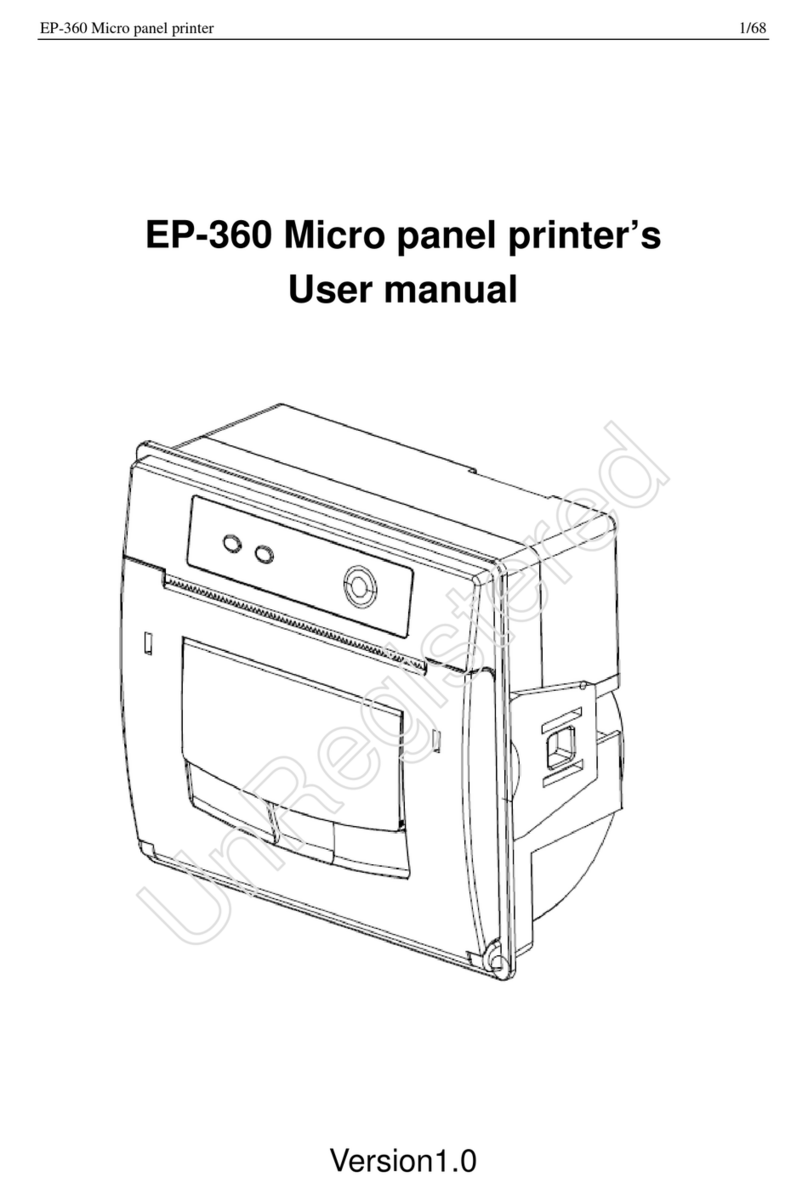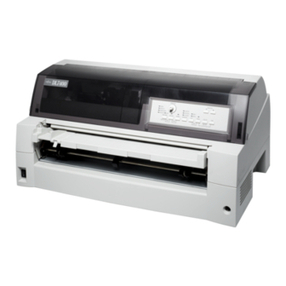Users Manual for T4000+ Series 3
1. Information on the technical documentation __________________________________ 5
1.1. Structure and Navigation ____________________________________________ 5
1.2. Warning symbols and other identificational objects ________________________ 5
1.3. Intended Use _____________________________________________________ 6
2. Safety and Environment _________________________________________________ 7
2.1. Safety instructions _________________________________________________ 7
2.2. Environment ______________________________________________________ 8
3. Installation ____________________________________________________________ 9
3.1. Unpacking the Printer _______________________________________________ 9
3.2. Settin-up the Printer ________________________________________________ 9
3.2.1. Printer overview ______________________________________________ 10
3.2.2. Connecting the device _________________________________________ 11
3.2.3. Connection to the Power Supply _________________________________ 11
3.2.4. Connecting to a Computer or Computer Network_____________________ 11
3.3. Switching on the Device ____________________________________________ 12
4. Control panel_________________________________________________________ 13
4.1. Structure of the Control Panel _______________________________________ 13
4.2. Functions of the operating panel during printing__________________________ 14
4.2.1. Symbol indicators _____________________________________________ 14
4.2.2. Printer status_________________________________________________ 15
5. Loading media________________________________________________________ 17
5.1. Loading continuous labels or tubing from a roll __________________________ 17
5.1.1. Positioning the label roll on the roll retainer _________________________ 17
5.1.2. Inserting media strip into the print head ____________________________ 18
5.1.3. Settiing the Labels Sensor (Figures 7 & 8) __________________________ 18
5.2. Loading Fanfold Labels ____________________________________________ 19
5.3. Loading transfer ribbon_____________________________________________ 20
5.4. Setting the Feed Path of the Transfer Ribbon ___________________________ 21
5.5. Setting the Head Locking System_____________________________________ 21
5.6. Removing and installing the rewind guide plate, dispense plate or tear-off plate_ 22
6. Printing _____________________________________________________________ 23
6.1. Synchronization __________________________________________________ 23
6.2. Tear-Off mode ___________________________________________________ 23
6.3. Peel-Off mode (Option) ____________________________________________ 23
6.4. Internal rewinding (Option) __________________________________________ 23
7. Cleaning and basic maintenance _________________________________________ 24
















